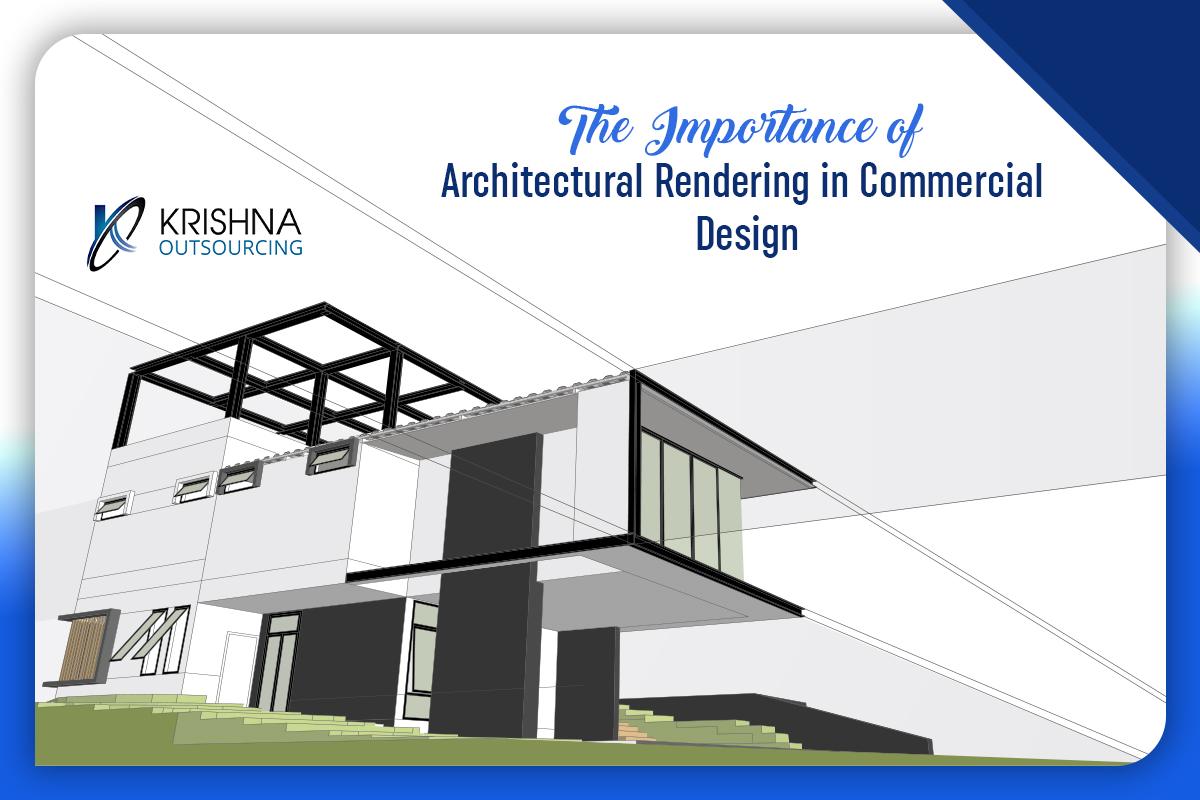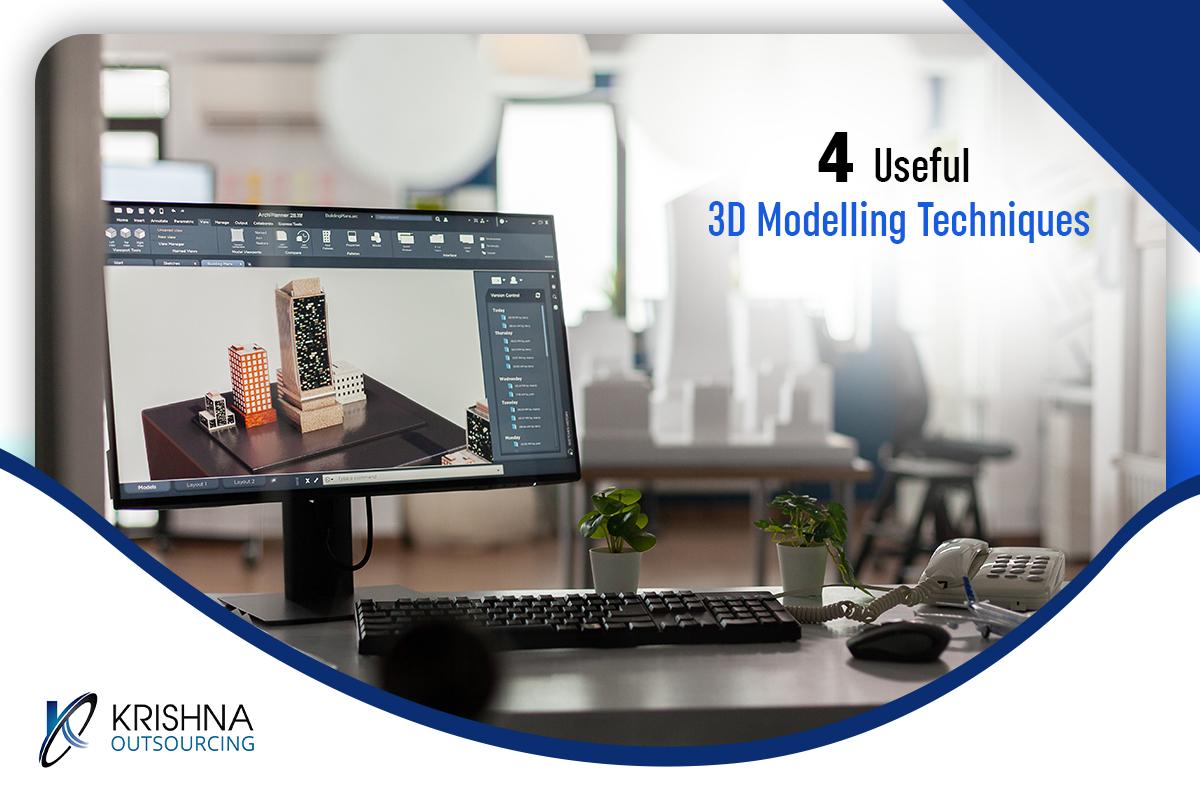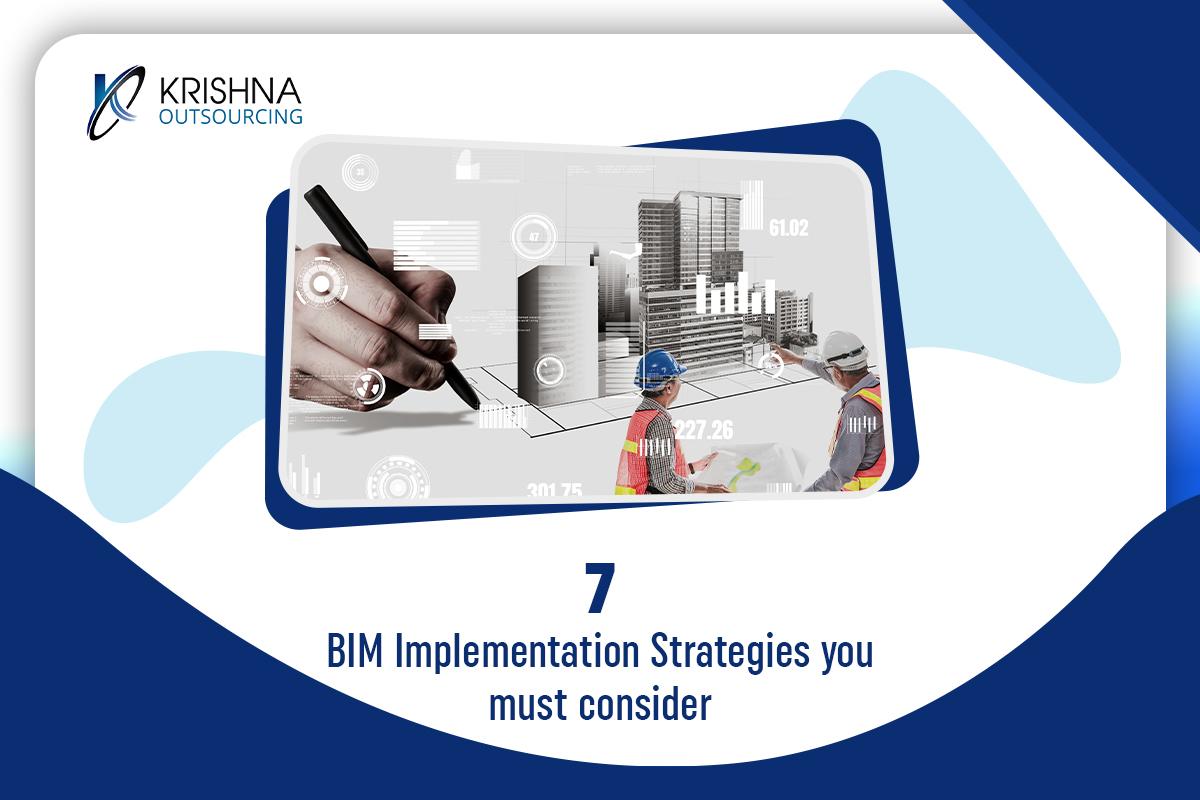New plumbing procedures were codified into distinct engineering professions in the previous few decades, with the development of the manufacturing revolution and the scientific process. The Plumbing Engineering Solution works on systems that cross over into mechanical, civil, and chemical engineering. A facility’s water efficiency, sustainable site, energy, fire safety, and pollution control systems are all influenced by the Plumbing Engineer. The capacity to design systems with the “whole building” in mind, while also protecting and honouring the natural biospheric earth processes of recycling air, waste, and water, is essential to the future of plumbing engineering.
Due to the overall wide range of responsibilities and regions of intersection with other design professions, it is essential to include the Plumbing Engineer as early as feasible on the project team.
The Plumbing Engineer can benefit with the following issues:
1. Domestic water sources:
Water supplied by a municipality or site-sourced water system is known as domestic/potable water. The Plumbing Engineer creates the water supply system for plumbing fixtures, landscaping irrigation, fire suppression, filtration systems, mechanical systems, cleaning systems, and process equipment in order to protect public health. A complicated structure necessitates specialised treated water systems, while manufacturing plants necessitate specialised process water systems. The Plumbing Engineer can design these systems while keeping in mind that the ultimate goal of the entire building is to reduce the quantity of water utilised. For example, instead of using domestic water, a storm water collection system might be employed in the landscaping irrigation system. Domestic water usage is minimised when a building strategy is used.
2. Fixtures for plumbing:
The Plumbing Engineer organises the kind of fittings that should be used in various regions of the building. The quantity and location of plumbing fixtures, as well as code requirements, require close cooperation. The Plumbing Engineer recognises that low flow fixtures reduce water and sewer consumption when looking at the domestic water and sewer systems as a total building system. More buildings employing a water conservation strategy to water supply and disposal is required in a municipal system to reduce the amount of municipal wastewater and domestic water taken from and placed into the local fresh water supply.
3. Rainwater management:
Rainwater falls on building roofs, parking lots, and green spaces during a rain or storm event. Snow or ice falls on a spot in the same places in northern climates. The storm water system collects water from rain and snowfall. What to do with this water is becoming a contentious issue that necessitates various approaches in different regions. Storm water was traditionally managed by removing it as rapidly as possible from the structure and site. This method resulted in terrible outcomes in some developing settlements, causing flooding and poisoning fresh water supplies downstream of the buildings. Stormwater management options should be explored early in the design phase.
4. Hot water for the residence:
The temperature of the water supply when it enters the building is the same as that of the ground. In a facility, hot water is typically required for washing or bathing. The Plumbing Engineer creates the water heating equipment and the hot water pipe distribution system so that hot water is available to the plumbing fixtures in a suitable length of time. When consumers are waiting for hot water to reach the fixture, the Plumbing Engineer can build low-energy water heaters and hot water recirculation systems to limit the quantity of household water wasted down the drain. They can also construct hot water systems that use alternative fuels like biodiesel or on-site energy sources like windmills and solar water heaters.
5. System of municipal sewerage:
The building’s sewer system gathers water flowing from plumbing fixtures. This system is designed to connect to a municipal sewer system or to an on-site disposal or containment system, according to the Plumbing Engineer. Before entering a standard building waste system, some facilities require waste stream separation and/or treatment of unique waste systems. Grease waste from a kitchen, for example, might clog sewer pipes. As a result, a grease trap is placed to catch grease before it reaches the building’s main plumbing system.
As the society develops and grows in size they realise the importance of pure water and air. Hence, the people in society realises the vitality of plumbing engineers & systems that respect these natural biospheric systems
We are one of the best Architectural Outsourcing Companies in India
We offer the best architectural & Plumbing Engineering services.
For more contact us at +91 8460220396 or visit our website.







